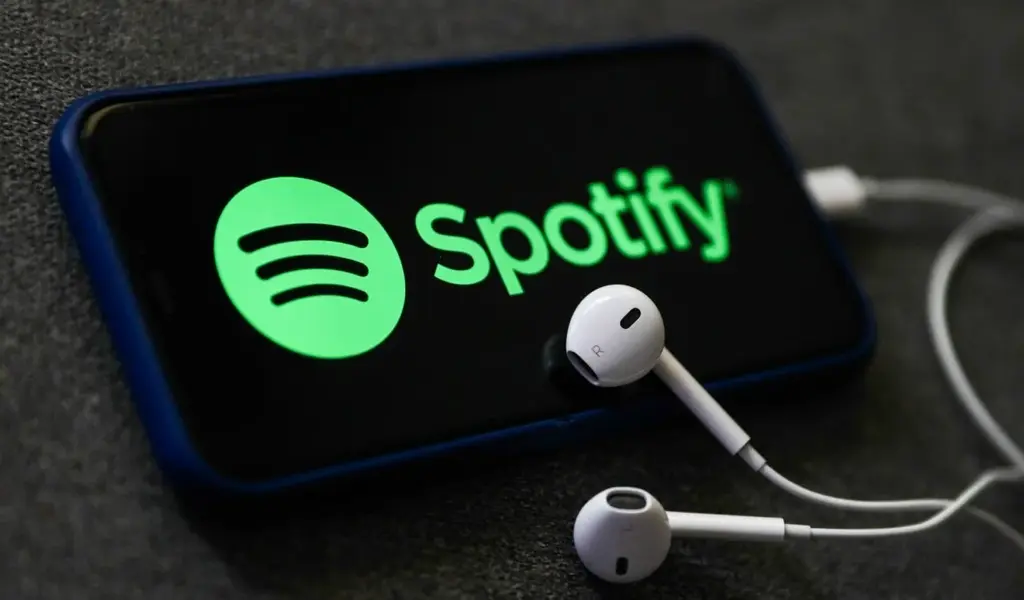A Brief History:
If you ask Spotify executives what the music industry looked like in the 2000s, their faces may be made up of expressions more commonly associated with a narrowly preventable disaster, such as a car accident or, more specifically, an attempt to flight.
Due to peer-to-peer file-sharing platforms like Napster and LimeWire, recorded music revenues in the United States lost more than half of their value at the start of the 21st century, falling from an all-time high of $14.6 billion in 1999.
In 2014 and 2015, $6.7 billion (according to the RIAA) came from moving songs sold as physical items such as CDs or vinyl to sound files that could be easily distributed illegally and for free.
Piracy was rampant because the music industry didn’t understand how quickly and drastically the world was changing.
While iTunes has brought some stability to the plummeting business model, an entire generation has come to believe that they don’t have to pay for music.
But streaming, led by Spotify, an idea of Swedish entrepreneurs Daniel Ek and Martin Lorentzon, changed everything.
1. The decline of music piracy
Illegal downloads and file sharing introduced by Napster, LimeWire and others have caused widespread piracy, making Genie unlikely to be bottled again. But Spotify has made legal streaming so easy by
- Coupling with the music industry’s (sometimes harsh) consumer awareness campaigns
- Teaching a new generation to pay for music again, even if only a fraction of the price of old CDs.
It became the reason of Spotify promotion, but at that time, nothing is better than nothing.
2. Reinvention of music
In the days of the CD, musical adventures were an expensive luxury. How many people have ended up paying close to $20 for an album they didn’t like? However, the subscription service lets you explore unlimited artists, genres, and sounds for $10 per month.
This accessibility has helped Spotify experiment with music lovers and music producers. Streaming has not only led to genre-melding styles like SoundCloud rapping, but according to a 2019 survey by research firm YPulse, 85% of millennial Spotify users say their music tastes fall outside of a single category.
3. Free subscription level
For years, Spotify has been criticized for its free (aka “ad-supported”) tier. This level allows users to stream as much music as they want if they want to see ads.
However, Ek and Spotify reps argued that the free tier is an effective way for paying customers and for Spotify playlist promotion. And the steady rise in paid subscribers, surpassing 155 million in the fourth quarter of last year (an increase of 31 million from the fourth quarter of 2019) suggests that they were right.
The free tier also offers its own market research.
Summary:
If Spotify wants to truly dominate the music streaming scene, it has to expand its reach to a variety of target audiences. Social media reach is integral in doing so, because it fits into Spotify’s identity as an app that is all about bringing together communities of people.
Related CTN News:
Warner says Bots made the Snyder Cut Possible
Hobbits, Dwarves, and Elves Collide in Full Teaser for ‘The Lord of the Rings: The Rings of Power’
Are These The Best American Hip Hop Bands?
⚠ Article Disclaimer
The above article is sponsored content any opinions expressed in this article are those of the author and not necessarily reflect the views of CTN News






